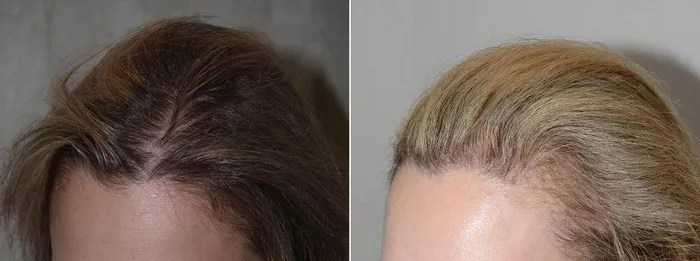Hair transplants have become a popular solution for individuals seeking to restore their hair and confidence. But just how successful are these procedures? In this comprehensive article, we will explore the factors that contribute to the success of hair transplants, share important statistics, and provide insights into what you can expect from this life-changing procedure.
1. Factors Influencing Hair Transplant Success
Hair transplant success is influenced by various factors, and understanding them is crucial before undergoing the procedure.
1.1. Candidate Selection
One of the primary factors is the suitability of the candidate. Candidates with realistic expectations and good overall health are more likely to achieve successful results.
1.2. Surgeon’s Expertise
The experience and skill of the surgeon performing the transplant play a significant role in the success of the procedure. Choosing a board-certified and experienced surgeon is essential.
1.3. Hair Loss Severity
The extent of hair loss and the availability of donor hair for transplantation affect the success. In early stages of hair loss, success rates tend to be higher.
2. Success Rates of Hair Transplants
Now, let’s explore the success rates associated with hair transplants.
2.1. FUE vs. FUT
The success rates may vary between different hair transplant methods. Follicular Unit Extraction (FUE) and Follicular Unit Transplantation (FUT) both offer high success rates, with FUE being minimally invasive and popular.
2.2. High Success in Male Pattern Baldness
Hair transplants have shown the highest success rates in individuals with male pattern baldness, especially when done early in the progression of hair loss.
2.3. Success in Women
While less common, hair transplants can also be successful for women experiencing hair loss. The success depends on the cause and extent of the loss.
3. What to Expect After a Hair Transplant?
After undergoing a hair transplant, it’s essential to know what to expect during the recovery process.
3.1. Temporary Shedding
It’s normal to experience temporary shedding of transplanted hair within a few weeks of the procedure. This is part of the healing process.
3.2. Regrowth Timelines
Hair regrowth following a transplant typically starts at around 3-4 months, with significant improvement seen after 6-12 months.
3.3. Maintenance
Regular follow-up appointments and maintenance may be required to ensure the longevity of your hair transplant.
4. Realistic Expectations and Patient Satisfaction
Achieving realistic expectations is vital for patient satisfaction and perceived success.
4.1. Natural Look
A successful hair transplant should result in a natural-looking hairline, with proper density and hair direction.
4.2. Boost in Confidence
Many individuals report a significant boost in self-confidence and improved quality of life after a successful hair transplant.
4.3. Emotional Well-being
Success goes beyond just physical results. A successful hair transplant can positively impact emotional well-being and self-esteem.
5. Common Myths and Misconceptions
There are several myths and misconceptions surrounding hair transplants that can affect one’s perception of success.
5.1. Myth: Transplanted Hair Falls Out
Fact: While transplanted hair may shed temporarily, it regrows, and the results are permanent.
5.2. Myth: Scarring is Highly Visible
Fact: With modern techniques like FUE, scarring is minimal and easily concealed.
5.3. Myth: Transplants Are Only for Men
Fact: Hair transplants are suitable for both men and women with hair loss concerns.
6. Ensuring the Success of Your Hair Transplant
To maximize the success of your hair transplant, consider these tips.
6.1. Thorough Research
Do your research and choose a reputable surgeon and clinic with a history of successful procedures.
6.2. Follow Post-Op Instructions
Adhere to your surgeon’s post-operative instructions for optimal healing and success.
6.3. Maintain a Healthy Lifestyle
A healthy lifestyle, including a balanced diet and stress management, can contribute to the success of your hair transplant.
6.4. Patience is Key
Hair regrowth following a transplant takes time, so be patient and stay committed to the process.
6.5. Regular Follow-Ups
Regular follow-up appointments with your surgeon can help identify any issues early and ensure the long-term success of your hair transplant.
See Aso: Who is not suitable for hair transplant: A Simple Guide
Conclusion: A Successful Journey to Restored Confidence
In conclusion, the success of a hair transplant is influenced by various factors, including candidate suitability, surgeon expertise, and the chosen method. Understanding the process, managing expectations, and maintaining a healthy lifestyle are essential components of a successful hair transplant journey. When done right, a hair transplant can be a life-changing experience, restoring not only your hair but also your confidence and overall well-being.


